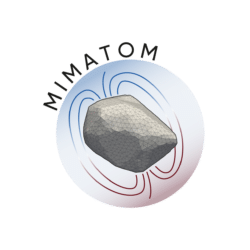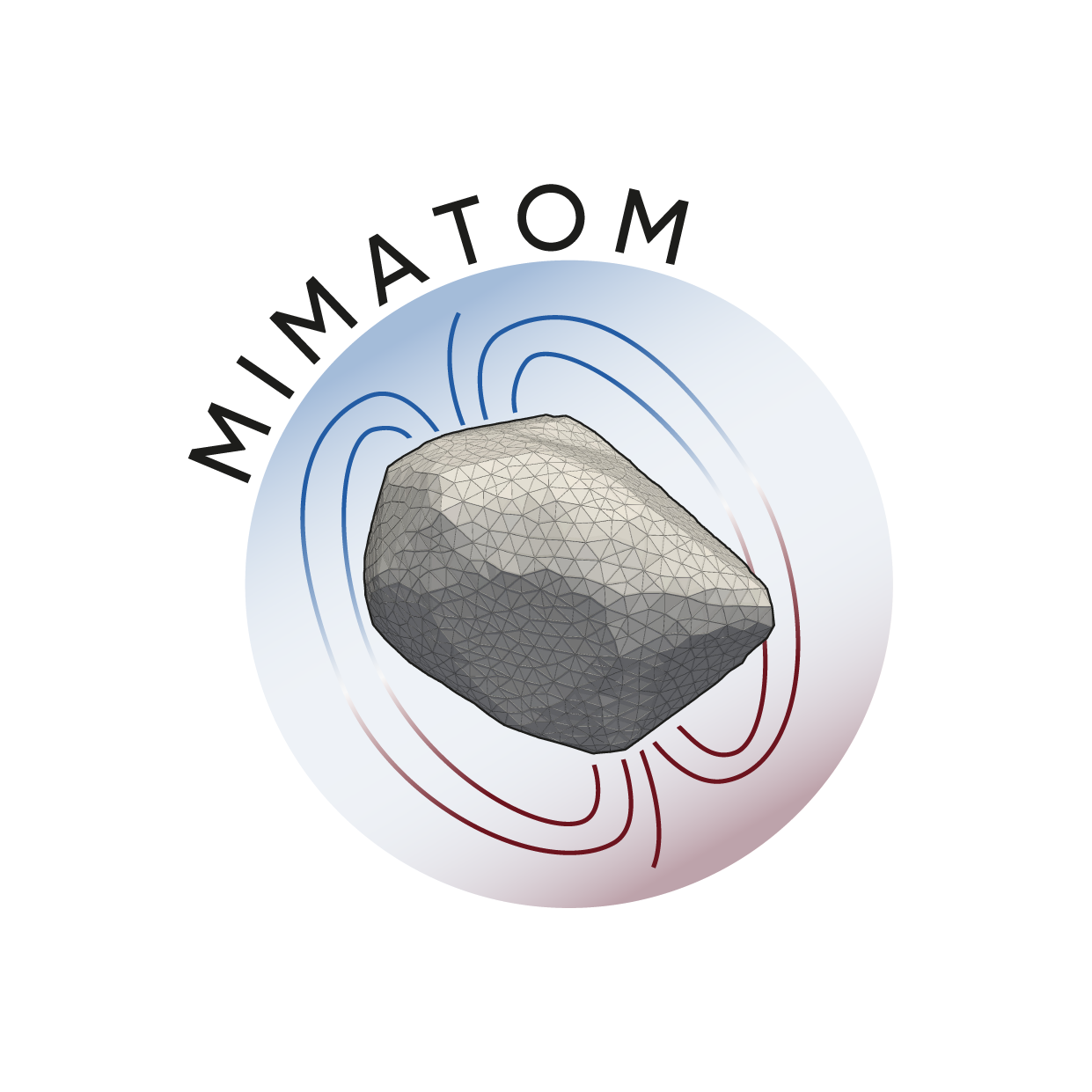A First-Order Statistical Exploration of the Mathematical Limits of Micromagnetic Tomography
Frenk Out, David Cortés-Ortuño, Karl Fabian, Tristan van Leeuwen, Lennart V. de Groot
Geochemistry, Geophysics, Geosystems, 2022
doi: 10.1029/2021GC010184
WhatsApp
Facebook
Twitter
LinkedIn
Email

Links
Resources
Datasets
Codes
Maybe also interesting for you
The Impact of Grain-Size Distributions of Iron-Oxides on Paleomagnetic Measurements
Frenk Out, Rosa A. de Boer, John Walmsley, Lennart V. de Groot
Geochemistry, Geophysics, Geosystems, 2024
April 26, 2024
Mapping magnetic signals of individual magnetite grains to their internal magnetic configurations using Micromagnetic Models
David Cortés-Ortuño, Karl Fabian, Lennart V. de Groot
Submitted to Journal of Geophysical Research: Solid Earth, pre-print on ESSOAR
May 15, 2022
Unravelling the magnetic signal of individual grains in a Hawaiian lava using Micromagnetic Tomography
Martha E. Kosters, Rosa A. de Boer, Frenk Out, David I. Cortés-Ortuño, Lennart V. de Groot
Submitted to Geochemistry, Geophysics, Geosystems, pre-print available on ESSOAR
April 12, 2022




